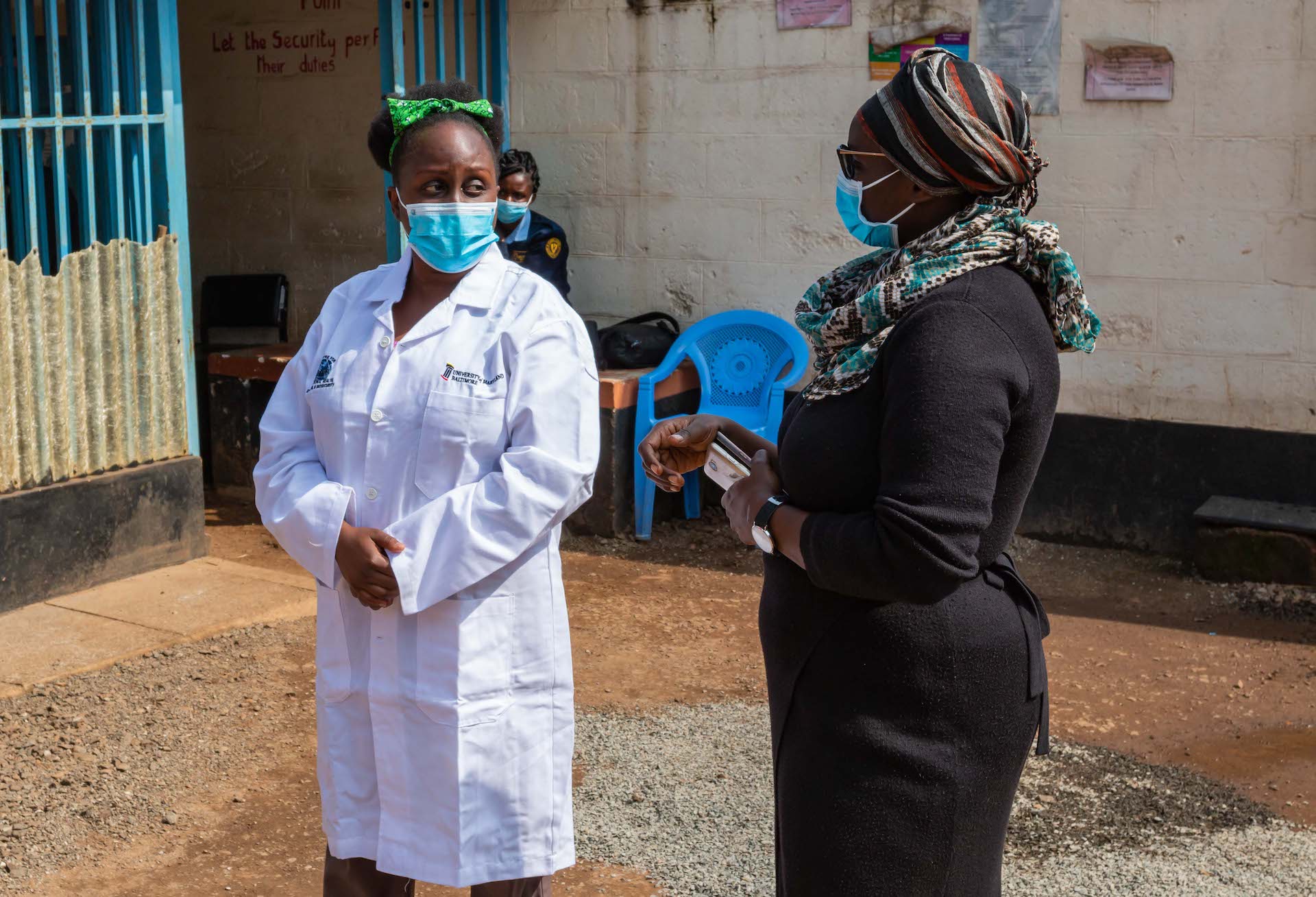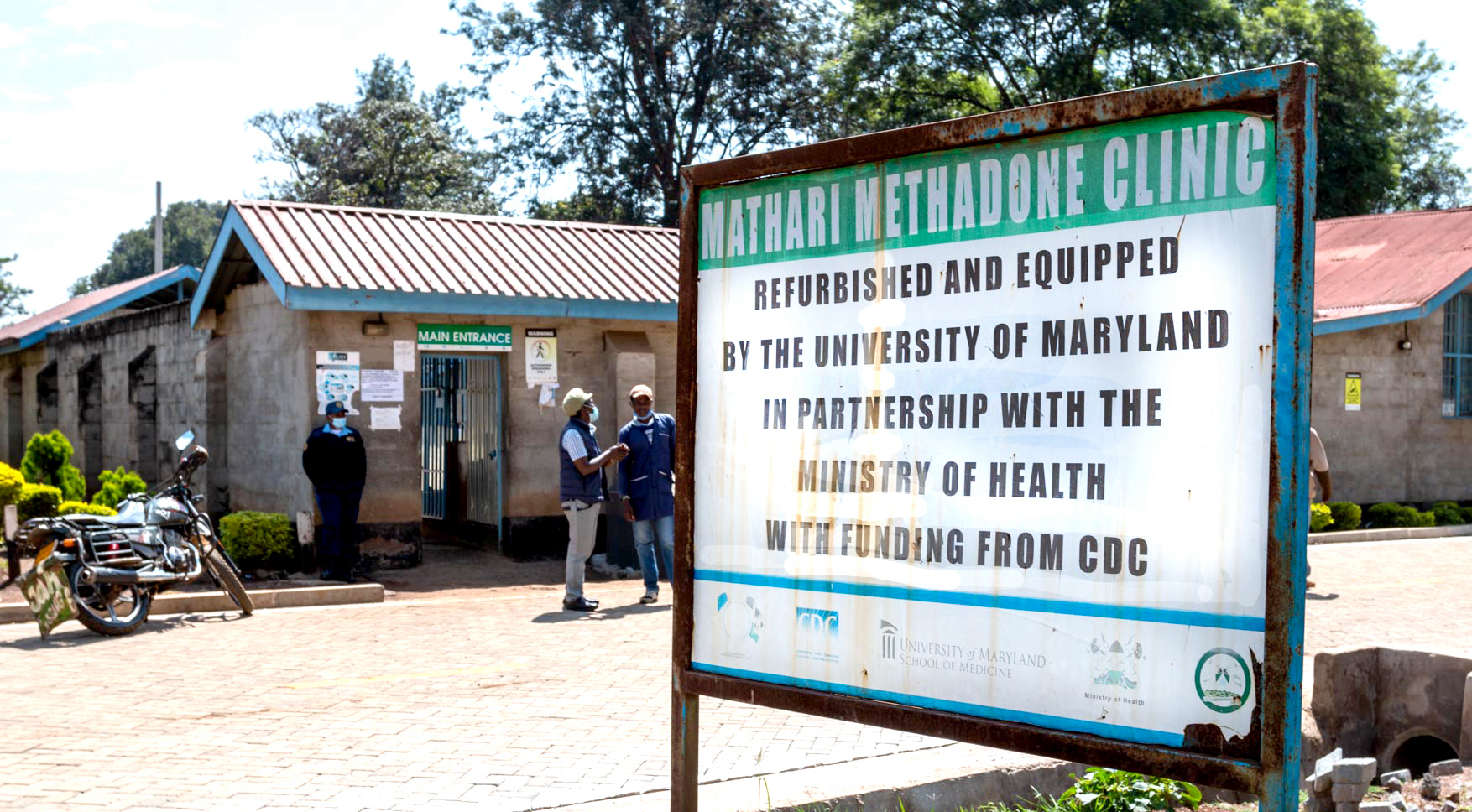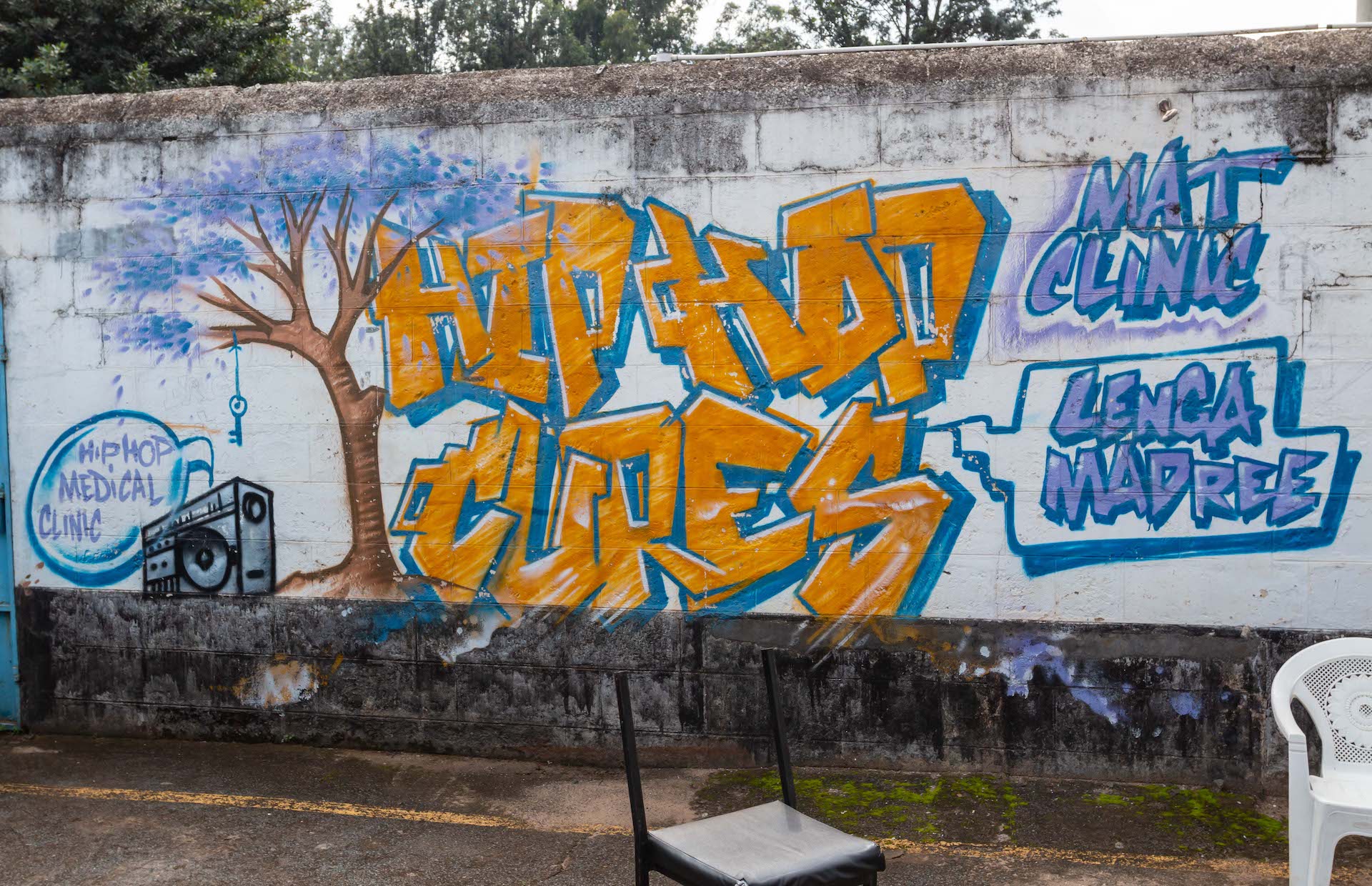HIV Interventions Among those who Inject Drugs in Kenya
People who inject drugs are a population at higher risk of contracting HIV/AIDS and other infectious diseases, such as tuberculosis, hepatitis, and sexually transmitted infections.
People who inject drugs are a population at higher risk of contracting HIV/AIDS and other infectious diseases, such as tuberculosis, hepatitis, and sexually transmitted infections. According to the World Health Organization, regional HIV prevalence rates are elevated among this population in all parts of the world, and in East and Southern Africa it is as high as 15.5%.
Addressing this high prevalence demands targeted interventions. In Kenya, the Drug Rehabilitation Unit at Mathari National Teaching and Referral Hospital in Nairobi has been addressing this issue as well as other substance use disorders under the umbrella of mental health since 2003. More recently, Ciheb-Kenya and the University of Maryland, Baltimore (UMB) helped expand the initiative to address HIV among this population. In 2014, they helped establish a medically assisted therapy (MAT) clinic at Mathari Hospital. UMB is known for its technical capacity in this area and had previously established MAT clinics in Baltimore, Maryland.
The Nairobi MAT clinic was established by way of the PACT Endeleza Project, a five-year Ciheb-Kenya program funded by the US Centers for Disease Control and Prevention (CDC) under PEPFAR, which supports the implementation and expansion of high quality, sustainable and comprehensive HIV prevention, care, and treatment in Kenya.

Tina Masai, clinical psychologist (right) with Dr. Jebet Boit, clinic lead, at the Mathari Hospital MAT clinic.
At the start, a suitability assessment was done to determine whether the Mathari Hospital met the minimum threshold for establishment of a MAT clinic according to Ministry of Health (MoH) requirements. “Key to the assessment was infrastructure, location, staffing capacity, and the availability of the requisite MoH documents and guidelines,” said Oscar Munyao, Program Manager with PACT Endeleza. Also needed was a commitment on the part of facility management in supporting services at the MAT clinic.
The MAT clinics practice harm reduction interventions, which comprise a range of services that mitigate the adverse consequences of drug use and protect public health. Harm reduction acknowledges that people face challenges in freeing themselves from drug use, and that abstinence should not be a precondition for support and treatment.

“We provide Hepatitis B and C screening, sexually transmitted infection screening, HIV screening and testing, care and treatment services for those who are HIV positive, opioid substitution therapy, and condoms,” explained Tina Masai, clinical psychologist and MAT specialist. Though not included in the harm reduction package of services, the MAT clinics also provide psychiatric assessment and treatment, utilizing the resources of Mathari which is a psychiatric referral hospital. The primary drug managed at the MAT clinics is heroin.
A year after the establishment of the first MAT clinic, the Nairobi City County recommended creating an additional clinic. After a number of site assessments, a clinic was established in the Ngara neighborhood of Nairobi. The main reason for selecting this location was that there was also a maternity ward in Ngara that could care for mothers who received treatment at the MAT clinics. Ciheb-Kenya provides the day-to-day technical support and staffing at both clinics.

A mural decorates a wall at the Mathari Hospital MAT clinic.
Since December 2014, the Mathari MAT clinic has enrolled 1,207 patients. The Ngara clinic, which took its first patient in January 2017, has enrolled 952 patients, though approximately 500-600 are active. Mathari has the capacity to serve 600-650 patients clients per day, though as at the end of June 2020 Mathari had 622 active patients.
The clinics have been successful in completely weaning clients from drug use. However, the challenges are significant and many patients experience a relapse due to the nature of addiction as a chronic relapsing brain disease. “We also have patients who have been discontinued either for disciplinary or medical reasons, as well as patients who are transferred out. So voluntary discontinuation and involuntary discontinuation is what will account for the difference between the number enrolled and the number who are active,” explained Tina Masai.
The MAT clinics have faced a number of challenges, not the least of which is the cost of operations. Another challenge is the low uptake of women who inject drugs. This is important since 26% of the HIV infections in the MAT the clinic are from women.
In spite of these challenges, the MAT clinics have been a success, assisting this key population in fighting their addiction and providing critical HIV treatment services.